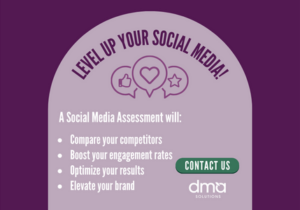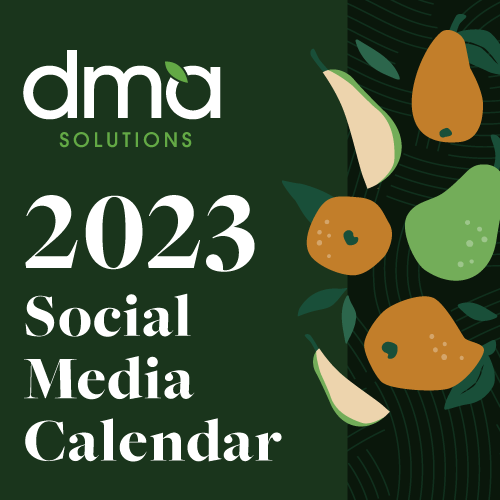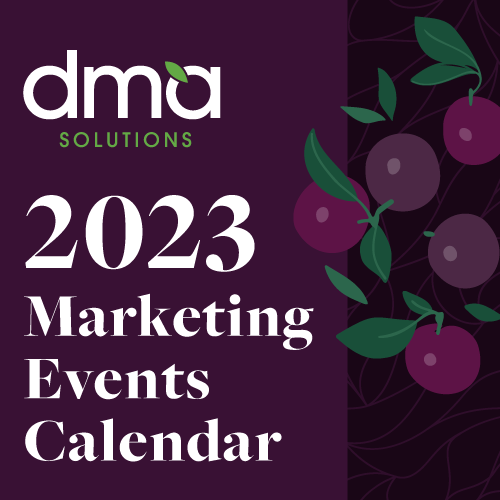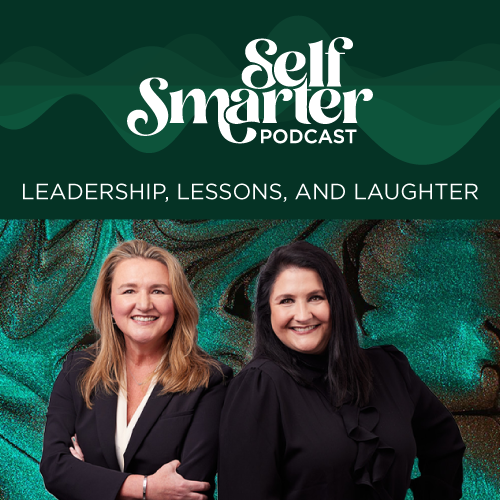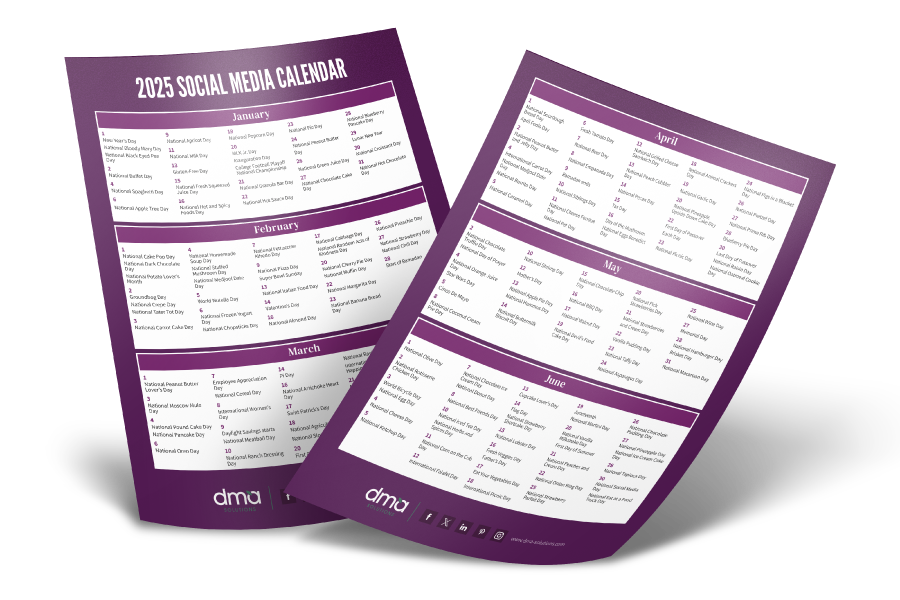How To Choose the Right Social Media Platforms for Your Brand to Focus On
We totally get it. There are tons of different social media platforms out there to choose from. With each boasting unique features, demographics, and engagement opportunities, the decision can feel overwhelming. However, it’s important to strategize what’s best for the growth of your business. Understanding the nuances of each platform and how they align with your brand’s identity and objectives is essential in crafting a robust social media strategy. So how exactly do you figure out which platforms are right for your brand? Don’t worry – We can help guide you to that decision!
Understand What the Most Common Platforms Are Known For
Facebook / Instagram:
- Consumer-focused audience (B2C)
- Visual-forward
- Recipe ideas
TikTok:
- Consumer-focused audience (B2C)
- Short-form videos
- Recipe ideas
- Quick on what’s trending
Pinterest:
- Consumer-focused audience (B2C)
- Visual-forward
- Recipe ideas and inspiration
X (Twitter):
- Consumer and trade audiences
- Text-heavy
- Most content consists of conversational opinions
LinkedIn:
- Trade-focused audience (B2B)
- Professional networking space
- Business updates
- Sales opportunities
Assess Your Audience
Now that you understand the characteristics of each social media platform, the next step is to assess and define your target audience. Imagining a specific persona of who is most likely to purchase your product will help determine which platform they probably use most. Consider demographics such as age, income, marital status, education, employment, etc. Consider psychographics such as personalities, lifestyles, interests and opinions.
For example, many Gen Zers use TikTok as opposed to Facebook. Meanwhile, there’s more elderly people who prefer to use Facebook.
Assess Your Content
Different types of content work better with some platforms as opposed to others. What type of social media content does your brand share? Recipe photos, blog posts, videos? If it’s all of the above then Facebook, Instagram and Pinterest would be your best bet for this combination. If your brand is focused more on connecting with buyers and retailers, then LinkedIn is where you want to be present in order to push sales content.
As an example, some brands, like Wendy’s and Arby’s, turn to Twitter to be clever and humorous with their content when the time is right. On the other hand, they probably don’t need to be pinning recipe inspiration on Pinterest since both businesses serve hot, ready-to-eat foods. Make sense?
Assess Your Goals
Define your overall social media goals and remember the end game. Whether it’s increasing engagements, video views or website clicks – knowing what success looks like will help you align strategies and execute them most effectively on the right platforms. This will also help you best achieve your goals for the year.
For example, if one of your marketing goals is to increase views and share more video content in 2024, then Instagram Reels would be a great platform to start on.
DMA Solutions’ team of social media marketers can be your monthly source for not only content development, but also posting, engaging, advertising and reporting. Contact us at info@dma-solutions.com and let’s discuss your social media needs today!

